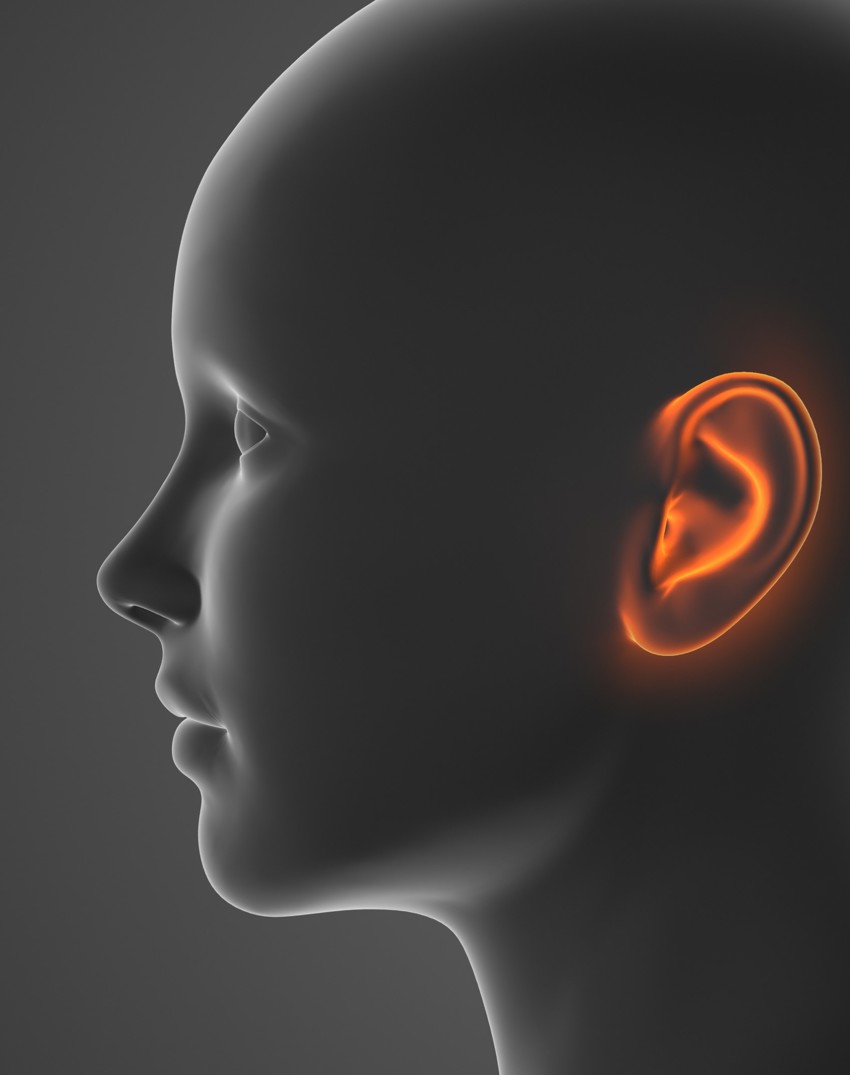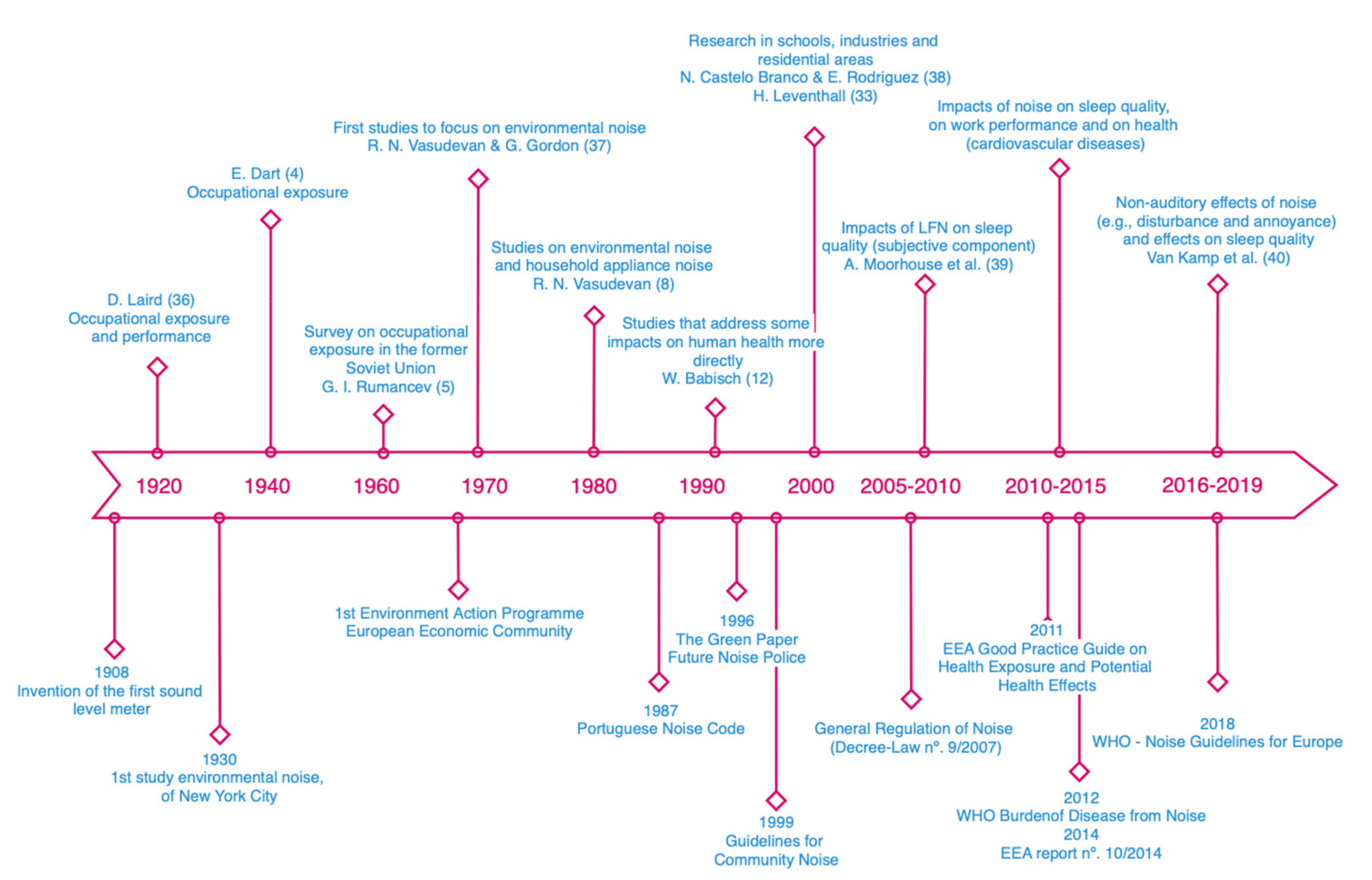Taming the noise
We need to create a positive sound environment with good acoustic environmental quality in all environments. Sound and acoustics in buildings are one of the key considerations of the impact that a building has on building occupants' health, well-being and comfort.
Some interesting facts about sound, noise and acoustics
Sound is a wave, more specifically, sound is a wave made of vibrations in the air. These vibrations via air molecules go through the air until it reaches our ears and when it reaches our brain, we can interpret what we're hearing.
What is sound?
In physics, sound is a vibration that propagates as an acoustic wave through a transmission medium such as a gas, liquid, or solid. In human physiology and psychology, sound is the reception of such waves and their perception by the brain.
Sounds and frequencies are different.
The human ear perceives frequencies between 20Hz (lowest pitch) to 20,000 Hz (highest pitch). All sounds below 20Hz are qualified as infrasound (i.e. low frequency), and some animals such as elephants and rats can hear them. And similarly, above 20,000Hz are ultrasound, and bats and dolphins can hear them.
Sound and acoustics affect everyone.
And that is on a daily basis — from students in schools, people working at the office, patients in hospitals to people in their homes. Creating a healthy, energy-efficient, and comfortable indoor environment in buildings also means delivering an indoor environment with good acoustical properties and limiting environmental noise pollution.
We hear sound.
We measure sounds that humans can hear in decibels (dB). Sounds above 85dB can be considered harmful for human ears. To put this into context, the sound of a whisper is around 30dB, normal conversation around 60dB and the noise at a concert can be up to 130dB.
Sound is used to communicate.
Animals such as dolphins and bats communicate & navigate using sound. And some animals such as birds and whales converse with another using sound. Sound is also used to detect the danger, giving the warnings to the animals.
The scientific study of sound is called acoustics.
Acoustics is the interdisciplinary science that deals with the study of mechanical waves in gasses, liquids, and solids including vibration, sound, ultrasound, and infrasound.
Sound travels much slower than light, whether in the air or in water.
Sound travels at 343 metres per second, while light travels at 300,000 km per second. Therefore, you can see the lightning before you hear the thunder.
There is no sound in the space.
Sound waves need particles in the air to travel, as they bounce off the vibrations and can travel from one to the other. And there are no particles for the sound to bounce off from in the space.

Keep the noise down to keep your health up.
Common noise levels — How loud is too loud?
Exposure to noise is one of the leading causes of hearing loss. Millions of people are exposed to dangerous levels of noise in various environments — indoor and outdoor.
Remember!
- In general, the louder the noise, the less time required before hearing loss occurs.
- Repeat exposure to noise just above 70dBA can cause permanent hearing issues.
- Noise levels above 140dBA can cause damage to hearing after just one exposure.
The typical decibel levels of common noise sources.
For comparison, typical decibel levels in homes, offices and other places.
| dBA | Indoor | Outdoor |
|---|---|---|
| 10 dBA | Normal breathing | |
| 20 dBA | Whispering | |
| 40 dBA | Rainfall | Quiet in library |
| 60 dBA | Normal conversation | Large office |
| 80 dBA | TV, telephone ringing | Heavy traffic, noisy restaurant |
| 100 dBA | Baby crying | Music club |
| 120 dBA | Noisy squeeze toys | Jet plane, ambulance siren |
Health effects in specific environments
The environment is evaluated in terms of noise measures (dBA), the noise fluctuations and the number of noise events. A separate characterization of night-time noise exposures and reverberation time in indoor enviromment are also important factors. Precautions should be taken for vulnerable groups and for noise of certain character (e.g. low-frequency components, low background noise).
- Dwellings and bedrooms — annoyance daytime & evening, sleep disturbance at night-time.
- Schools and classrooms — speech intelligibility, disturbance of information extraction, message communication.
- Hospitals and recovery — sleep disturbance at day- & night-time, interference with rest and recovery.
- Work and commercial places — Performance of cognitive tasks, annoyance, well-being.
A real impact of noise
The noise is a serious health hazard and the health effects of the hazardous noise exposure are considered to be an increasingly important health problem.
In the European Union about 40% of the population is exposed to road traffic noise with an equivalent sound pressure level exceeding 55 dB(A) daytime, and 20% are exposed to levels exceeding 65 dB(A).
WHO recommended noise levels including sleep
The World Health Organization (WHO) recommends that noise exposure levels should not exceed 70dB over a 24-hour period, and 85dB over a 1-hour period to avoid hearing impairment.
For a good night's sleep, the equivalent sound level should not exceed 30dB(A) for continuous background noise, and individual noise events exceeding 45dB(A) should be avoided.
Continuous environmental noise
Non-industrial noise is referred to as community noise, also known as environmental, residential or domestic noise.
For most people, life-time's continuous exposure to an environmental average noise level of 70 dB will not cause hearing impairment. An adult person's ear can tolerate an occasional noise level of up to 140 dB, but for the children such an exposure should never exceed 120 dB.
Noise in workplaces
Noise is a common occupational hazard in many workplaces. Furthermore, the emitted sounds are reflected from floors, ceiling and equipment.
The main indoor noise sources are ventilation systems, office machines, home appliances and neighbours.
A major effect of noise in the classroom is the reduction of speech intelligibility, and the hearing and understanding of speech by children of different ages, in various noise and acoustic conditions, is a related important research field.
Studies also show the connection between the elimination of noise and increased productivity, for every 1dB of noise eliminated in the academic environment, productivity increases by 0.7%.
Noise levels in classrooms
Studies have shown that children miss 25% of the words spoken by their teachers as a consequence of a noisy classroom.
The WHO recommends a noise level of less than 35dB(A) in classrooms in order to support optimal teaching and learning conditions. This is significantly lower than in many urban locations.
Sound & acoustics in buildings
Sound travels through reflection (sound hits a surface and bounces back off), absorption (after hitting a surface, some of the sound is absorbed) and transmission (and the rest of the sound can passed through the material). Acoustics is is all about how sound is produced, transmitted, controlled, and received, and the effects of this process. As it applies to architecture, building design and construction methods, and also to the building systems.
Therefore for evaluating the building's acoustic and sound performance — acoustic absorption and sound transmission loss are used. Sound absorption is the ability of a material to absorb rather than reflect sound waves, sound transmission loss highlights the decrease in sound energy as it passes through the built environment. Both are important considerations in building design and the materials chosen for construction and building systems.
Low frequency sound
Sound refers to any auditory sensation and noise refers to sounds that are unwanted or inappropriate in a particular environment. Thus, low frequency noise can be categorized as unwanted noise, as it can disrupt our peace and well-being. It can originate from various sources, especially in crowded urban environments. And while the low-frequency noise might be inaudiable, the intensity and pervasiveness of the noise can greatly affect people's comfort and well-being.
Noise and acoustics parameters across various tools, schemes and standards
When determining the indoor environmental quality (IEQ) and the requirements for certain environments and spaces, certain parameters about noise and acoustics are considered such as:
- Services noise from mechanical services (e.g. air-conditioning), hydraulic services (e.g. noise from waste pipes) and electrical services (e.g. electrical hum).
- Exterior noise from sources such as mechanical plant, road and rail traffic, aircraft flyovers, entertainment and patrons.
- Reverberation time.
- Floor impact isolation.
- Acoustic separation between adjacent spaces and uses for privacy.
- Speech transmission index (STI) and speech intelligibility.
- Sound masking.
- Vibration isolation and plant and equipment.

Monotonous tones are relatively new in the history of human evolution.
The babble of water in a stream, the wind in the treetops, birdsong and other natural sounds are modulated. But recent decades have seen humans spending more and more time in artificial environments, filled with all kinds of equipment and machinery producing monotonous tones that are sometimes more discernible or intrusive.
Limited research on low frequency & effects on people's health & discomfort
There are many studies on health impacts due to occupational and environmental exposure to noise, but just a few studies focusing exclusively on low frequency noise and its impact on people's health & discomfort, see image below.
The literature overview shows that the main effects on human health are more prevalent in aspects such as sleep disorders (11.7%), discomfort, sensitivity and irritability to noise (10%), annoyance (13.3%), stress (6.7%), hearing loss (8.3%), reduced performance/fatigue (5%), heart rate/cardiovascular diseases (10%), tension and blood pressure (6.7%), anxiety (1.7%), depression (3.3%), imbalance (3.3%), and mental performance (6.7%).
Many research and case studies are published mainly about outdoor generated noise entering the buildings, such as wind turbines, road traffic, airport noise, and such. Only a few publications analyse indoor generated noises by pumps, air handling units (AHUs), chillers, etc. — And even less publications are to be found on the topic of low frequency & infrasound.

Source & image: Alves, J. A., Paiva, F. N., Silva, L. T., Remoaldo P. Low-Frequency Noise and Its Main Effects on Human Health — A Review of the Literature between 2016 and 2019. Published at Journal of New and Old Environmental Impacts on Population Well Being, 2020.
Watch: Acoustics in Ventilation — Taming the Low Frequency Roar
Lecturers: Tony Olsson, Martin Ottersten & Åsa Norén-Lundh
Webinar recording from Swegon Air Academy, 2023.
In this video, you will learn about the importance of understanding low frequency sound in ventilation systems, and more:
- Why indoor environment and ventilation matter?
- Low frequency sounds (including infrasound) and their sources in ventilation systems.
- Noise ratings and sound criteria in acoustic designs.
- Research and case studies on low frequency sounds.
- How does it affect human well-being and health?
- Strategies for mitigating low frequency noise in ventilation systems.
Strategies for mitigating low frequency noise in ventilation systems
There are many strategies for avoiding low frequency noise in ventilation systems. Many of these strategies must be aplied during the building design stage and also during the mechanical equipment design. And after the building and systems are installed, there is the outmost importance of maintenance.
Building design
- Be careful with locations of mechanical rooms – not to place them too close to rooms with high acoustic demands.
- Insulate noisy equipment from a building structure in best possible way.
- Avoid ducting over the rooms, instead use the duct corridors whenever possible.
Design tips for mechanical systems
- Use circular ducting, instead of rectangular shaped ducts.
- Cross check air handling unit size and fan data.
- Aim for ducting with even airflow without turbulence, especially in the distinct proximity to AHU.
Maintenance and renovations
- Take care of equipment and do proper service & maintenance to avoid unbalanced systems.
- Be careful during building's renovations and do not change the components' data provided by the manufacturer.
Remember that the best and in-expensive way is always to address potential sound issues in design process of the building in order to secure good solutions!Tony Olsson, Acoustics Product Manager at Swegon

Can we tame low frequency noise?
The role of ventilation is to maintain air quality and comfort for building occupants; however, sound control — low frequency, especially infrasound — is becoming one of the biggest challenges in the HVAC industry. So, how can we control something that we cannot hear? First, let’s talk about how noise affects us because we are all different and can be affected differently. And interestingly, the sounds that affect us the most are those that we are not even aware of — as the lower the frequency, the harder it is to control — especially in ventilation systems in buildings.
Read our Update&Insight 'Can we tame the low frequency noise?'
Read more from other sources
Some people only associate acoustics with the music industry, but it is a worthwhile concern for any building and the people occupying it.Anonymous